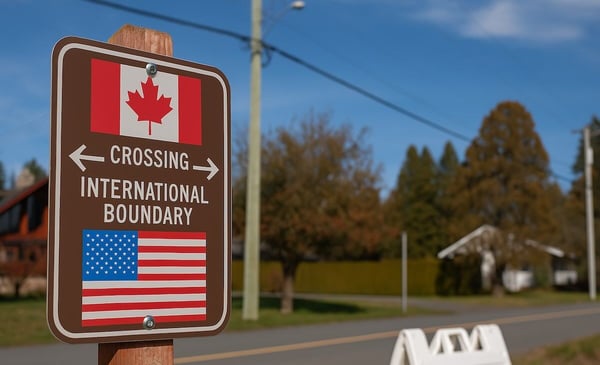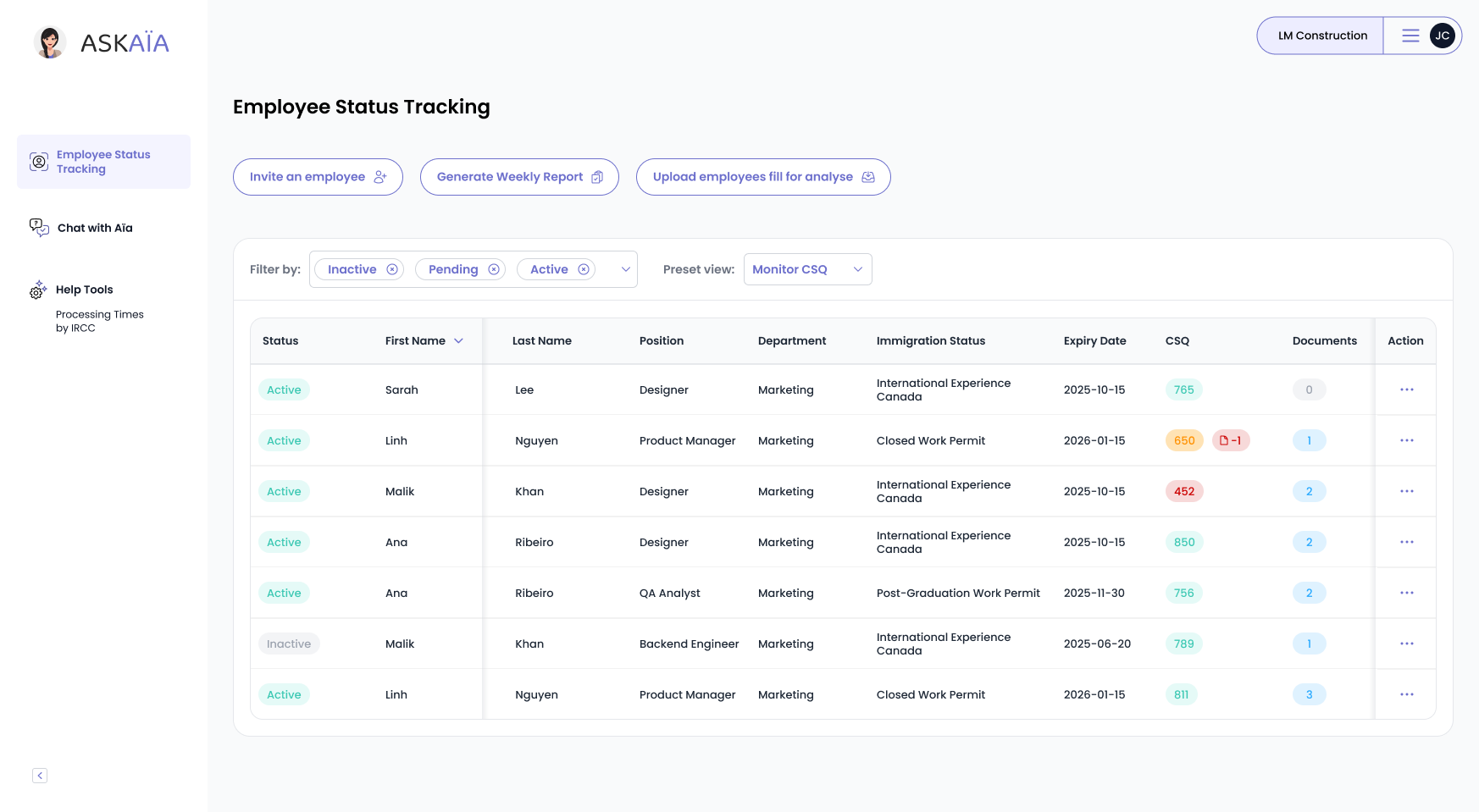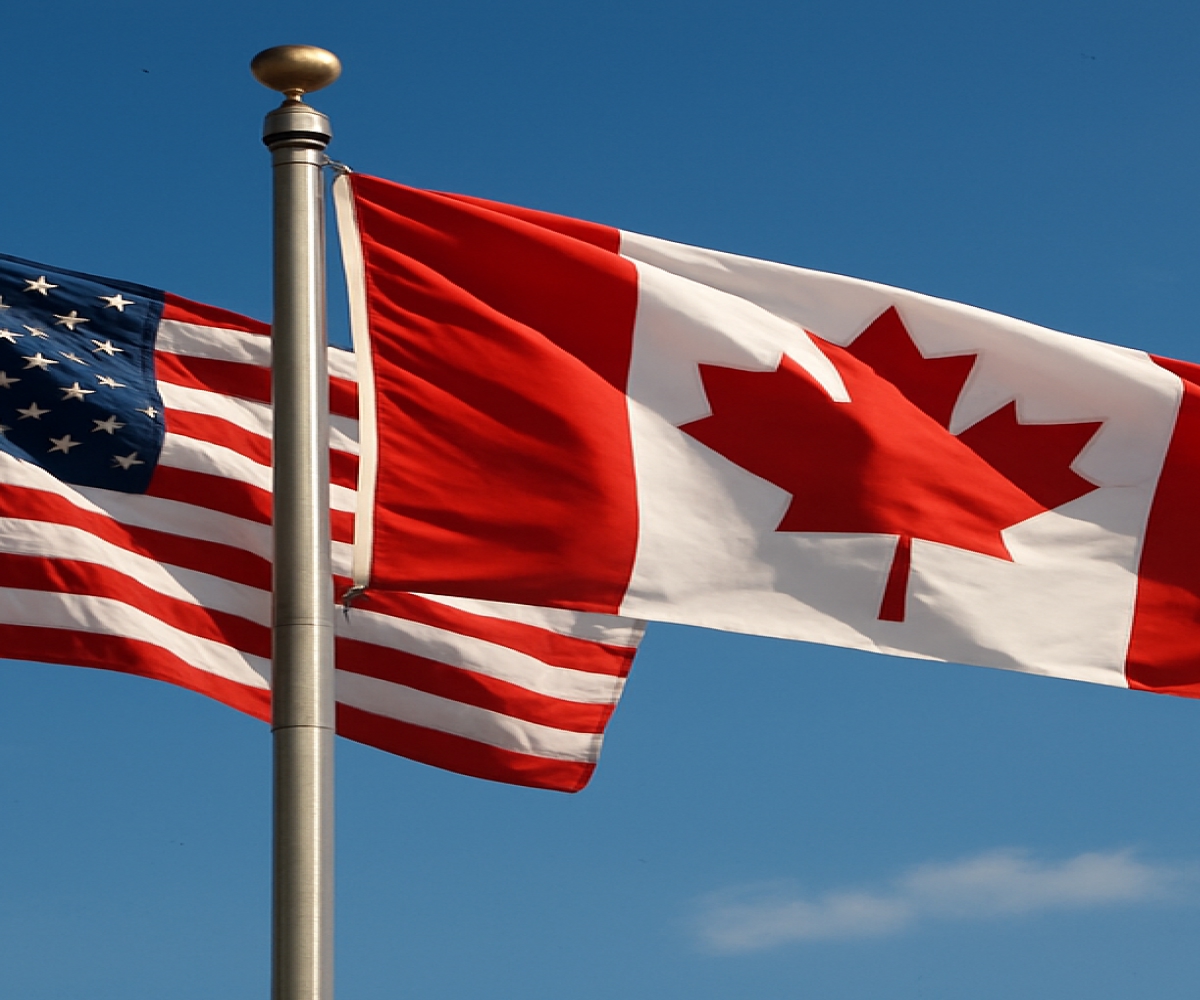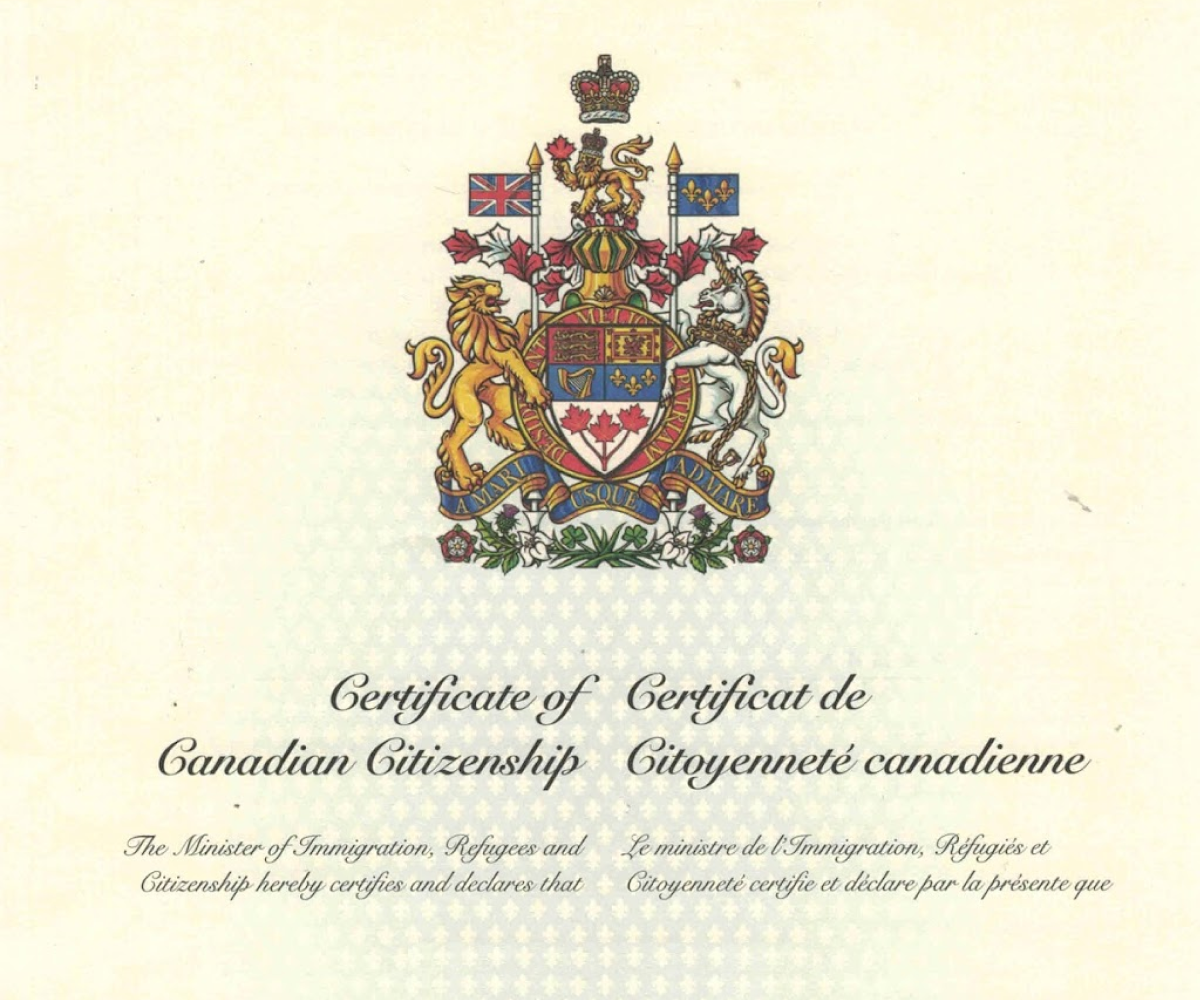Why More U.S. Residents Are Now Choosing to Immigrate to Canada

Tired of visa lotteries and long waits? You're not alone. More and more people—especially skilled, educated workers—are giving up on the U.S. system and choosing Canada instead. They're not just looking north. They're moving.
Why are people making the switch—and what does it mean for your own immigration journey? New data reveals how Canada's pathways are attracting a different kind of migrant: international students, non-citizen U.S. residents, and even Canadians returning home for good.
Key Takeaways
-
Most immigrants from the U.S. to Canada are no longer U.S. citizens — by 2019, nearly half were residents of the U.S. without American citizenship.
-
Canada’s two-step immigration system attracts former U.S. temporary residents, with over half of U.S. citizens transitioning to PRs in 2017 having lived in Canada on permits.
-
Tighter U.S. visa rules and rising instability push skilled workers toward Canada.
-
Returning Canadians also respond to U.S. political changes — from 1996 to 2006, Canadian PRs returning from the U.S. rose by 122%.
-
Many Canadians and PRs returning from the U.S. are highly educated, often holding advanced degrees, making them valuable assets to Canada's economy and workforce.
More Non-Citizens Are Moving North
In the 1980s, most people coming to Canada from the U.S. were American-born citizens. That’s changed. By 2019, 45% were non-citizen U.S. residents—many with uncertain status or blocked by U.S. immigration limits.
This includes:
-
International students stuck in the U.S. visa lottery.
-
Undocumented workers facing deportation.
-
Temporary workers without a clear path to a green card.
The shift highlights how postgraduate immigrants—especially international graduates from top universities—are increasingly looking to Canada as a safer and more predictable long-term destination. With smoother pathways like the Post-Graduation Work Permit (PGWP) and Express Entry, Canada offers these highly skilled individuals more control over their future than the uncertain U.S. system.
Temporary to Permanent: A Clearer Path in Canada
More U.S. citizens already in Canada on study or work permits are now choosing to stay permanently. In 2017, they made up over half of all American citizens becoming permanent residents, showing a growing preference to build a future in Canada rather than return to the U.S.
This reflects the strength of Canada’s two-step immigration model, where temporary residents—like international students and skilled workers—gain valuable Canadian experience before applying for permanent residence. It creates a clearer, more achievable path for long-term settlement.
If you're on a temporary visa and wondering how to stay, programs like Canadian Experience Class (CEC) and Provincial Nominee Program (PNP) options provide specific routes tailored to your experience, education, and location. This model reduces uncertainty and gives you more agency in your immigration journey.
Why They’re Choosing Canada Over the U.S.
For many, the U.S. dream is losing its shine. As visa uncertainty and policy swings continue, Canada is emerging as a more stable, fair, and welcoming alternative for skilled migrants. Recent changes to Canada’s immigration policies for 2025 are also making the process clearer and more accessible.
Former U.S. residents say:
-
Canada offers stability.
-
The immigration process is less arbitrary.
-
Programs like Express Entry, Provincial Nominee Programs, and CEC are transparent and points-based.
Canada is also seen as:
-
More welcoming to skilled immigrants.
-
A place with universal healthcare and a strong social safety net.
-
Easier to move to for professionals, thanks to past agreements like NAFTA and newer mobility-friendly policies.
Case in Point: A Skilled Worker Leaves the U.S.
Anuja Jaiswal, a human rights consultant from India, studied at Oxford and Columbia. After graduating, she landed a job at a U.S. media company. But her future hung on a single lottery draw: the H-1B visa. She didn’t get selected.
“I was devastated,” she said. “I had built a life there. I had colleagues, friends, a routine. Suddenly, I had to pack up and leave.”
— Anuja Jaiswal (source: Toronto Star)
With no path forward in the U.S., Anuja turned to Canada. In 2024, she moved north as a skilled immigrant. What she found was relief—and possibility.
“It felt like I could breathe again. Canada wasn’t a second-best option. It was a place that wanted me here.”
Her story is one of many: professionals who couldn’t stay in the U.S. but are now finding long-term opportunity and dignity in Canada.
Canada Also Welcomes Its Own Back
The trend also includes Canadians and permanent residents returning home. Data shows that under Trump, more PRs came back, even as fewer citizens returned.
Between 1996 and 2006, the number of Canadian citizens returning from the U.S. rose by 92%, while returning PRs increased by 122%. Although these numbers dipped in the following decade, the flow remains significant.
Notably, those returning are often highly educated:
-
In 2021, 64% of returning Canadians aged 25-64 held a university degree, compared to only 27% among those who stayed in Canada.
-
For returning PRs in the same age group, that figure was 70%, versus 42% for their Canadian-resident peers.
This suggests a reverse brain drain: Canada is regaining skilled talent from the U.S.
These returning residents bring back not just education, but also international work experience and networks. That’s a real asset for Canada’s workforce and innovation sectors.
But reintegrating isn’t always easy. Returning Canadians often face gaps in paperwork, confusion around health coverage, and challenges re-entering the job market.
That’s where AskAïa can help. Whether you’re updating your immigration status or navigating provincial services, AskAïa offers practical support to help you resettle with confidence.
What This Means for Immigrants Today
Whether you’re an international graduate, a skilled worker, or a status-changer seeking PR, Canada is a strong option—especially for those stuck in the U.S. immigration system. To better understand where Canada is headed, check out Canada’s 2025–2027 Immigration Plan and how the latest policy shifts may affect your journey.
AskAïa can guide you through key steps:
-
Check your Express Entry eligibility.
-
Compare PNP options based on your job or province.
-
Transition from postgraduate permit to permanent residence.
Get clear, personalized immigration options based on your current status. Whether you're in the U.S. or already in Canada, AskAïa helps you take the next step with confidence. See your options in minutes with AskAïa.

Let’s get your demo started
Book a demo
You May Also Like
These Related Stories

Why Skilled Migrants Prefer Canada Over the U.S. in 2025
Faced with mounting delays and complex visa hurdles in the U.S., a growing number of skilled professionals are turning their eyes north. Canada’s stre …

Choose Citizenship Over PR? Data Shows It’s Worth It
Is Canadian citizenship really worth it if you’re already a permanent resident? Many immigrants ask this question. Is it just a passport—or a life upg …

Unlock Permanent Residence: Use French to Boost Immigration
Canada is opening doors for French-speaking immigrants in Quebec and across the country. Mastery of the French language is becoming a powerful tool fo …